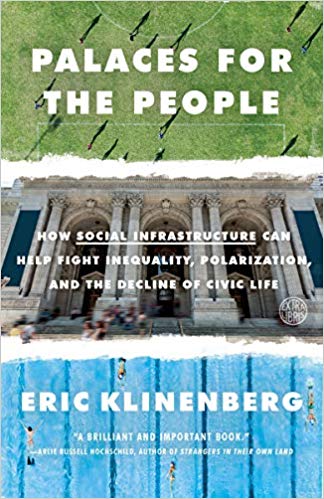In this episode, which is part of our Women in Civil Engineering series, I talk to Peyton Gibson, EIT, ENV SP, a civil engineer who works for the National Academies of Sciences, Engineering, and Medicine on the Board of Infrastructure and the Constructed Environment. She also serves as the ASCE Colorado’s Infrastructure Report Card Chair, and that’s what we focus on in this episode: what goes into developing the ASCE Infrastructure report card, both at the national and state levels.
Engineering Quotes:
Here Are Some of the Questions I Ask Peyton:
- What led you to make your recent career change?
- What is the report card and what is its intent?
- Can you take us through the process of how ASCE came up with the final grading in the report card?
- With the amount of work, staff, and volunteers that are involved in compiling the report, how did you work through the process of managing all the different chapters?
- What do you think motivated the volunteers?
- What happens once you receive that grade and how can it be utilized to improve infrastructure?
- How do you have the funding and the resources for the marketing that needs to be done once the problem areas have been identified?
Here Are Some Key Points Discussed in This Episode About Developing the ASCE Report Card:
- The ASCE report card is a uniform report card across the country. It is for engineers to use as a policy tool to show to our policymakers or legislators where improvements can or need to be made. It is also a platform for engineers to talk about infrastructure and how it is affecting us daily, and it gives a grade for the United States infrastructure.
- The grading process takes approximately a year to get all the information that is needed from all of the ASCE members and engineers participating. There are 14 infrastructure sectors, and these sectors are assigned to different teams. Each team then needs to talk to the various agencies that are in charge of the infrastructure sectors to ensure they have the correct information and what they need in terms of infrastructure investment.
- Monthly calls are made to manage the chapters and to keep them motivated and on track. Once the basic draft of the report is completed, it is sent through to the ASCE staff and they have a national committee that works through the report.
- A lot of the volunteers were passionate about the chapters that they were involved in. This helped to keep them motivated and focused on the task at hand. Overall, the volunteers recognized that keeping the grade of infrastructure high is important.
- When a grade drops, there are a few things that need to be assessed, such as population growth and how sustainable funding is. Action needs to be taken and the correct funnels need to be followed to ensure that something gets done about the problem areas. The public investors also need to be made aware of the findings and are requested to help even in contribution to fixing the problem areas.
- When the final report card is ready, a marketing campaign needs to be launched to get the findings known to as many people as possible. As this is a nonprofit organization, costs need to be kept to a minimum. This can be done by going to organizations and engineering schools to make presentations to them to drive awareness about the report card. The ASCE staff has helped a lot by getting the story to the media.
More details in this episode…
About Peyton Gibson, EIT, ENV SP

Sources/References:
The Structural Engineering Channel
Engineering Management Institute Professional Membership
Engineering Management Accelerator – People Skills Course (Online) | 5 PDHs
Project Management Accelerator PM Skills Course
Engineering Management Institute – Training
Connect With Peyton Gibson
The National Academies of Sciences, Engineering, and Medicine

Books Mentioned in this Episode:
Please leave your comments or questions in the section below on developing the ASCE report card.














